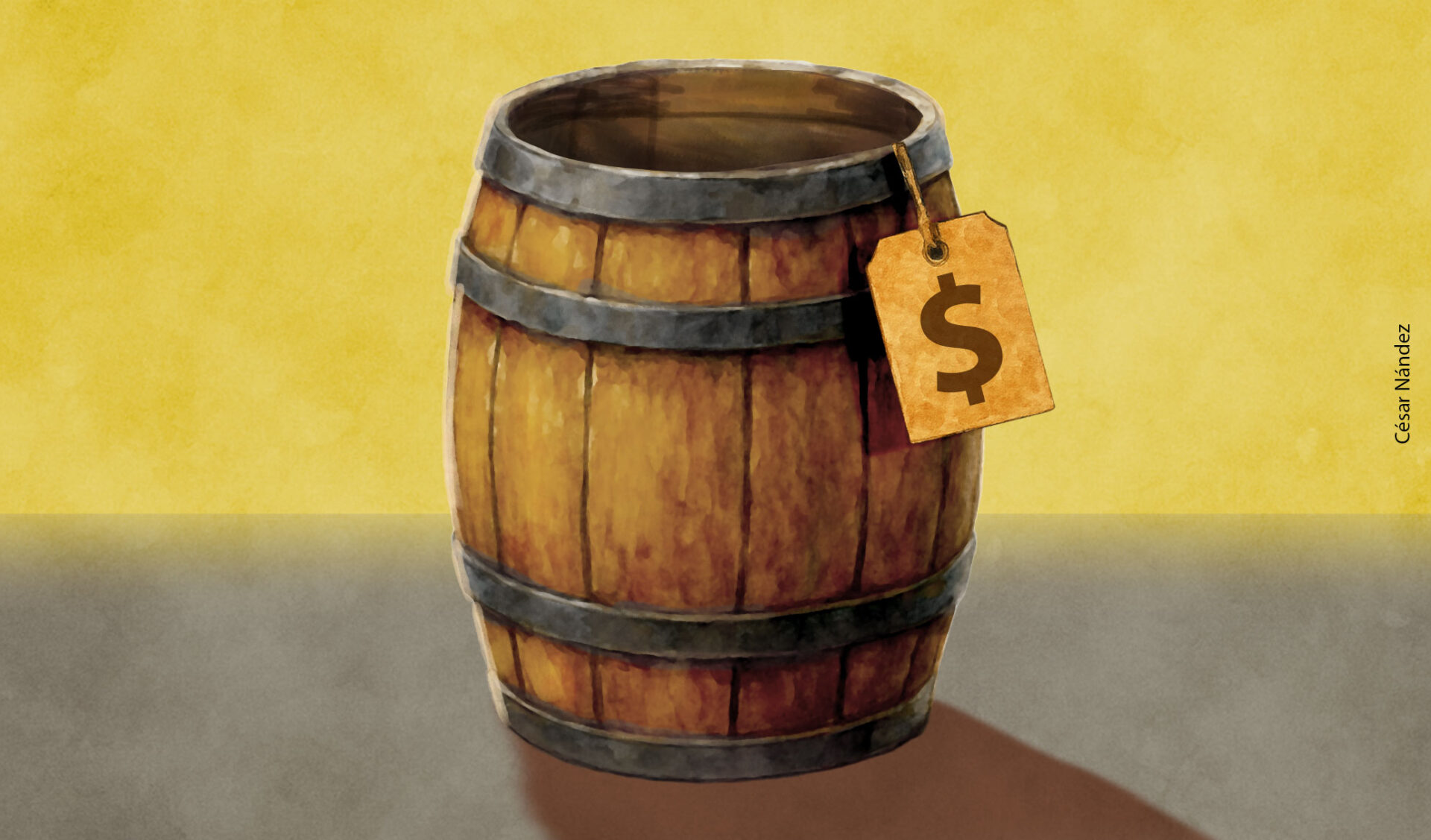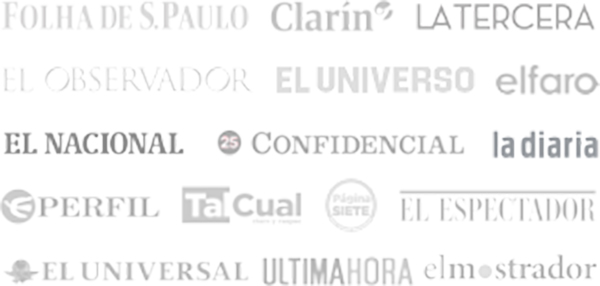Eleven years after the death of Roberto Gómez Bolaños, creator of El Chavo del Ocho, a biographical series about his life is being launched on the MAX platform. In this context, it is still surprising that, since its debut in 1973, the show has transcended its status as a mere comedy to become a cultural touchstone that crosses generations and borders, portraying life in a neighborhood marked by poverty, violence, and exclusion—issues shared by broad sectors of Latin America.
Characters who interact through slaps, shouting, and humiliation are part of a narrative that, while comedic, reflects a persistent social reality. It is no surprise, then, that this television icon has been the subject of multiple cultural and commercial appropriations: from statues and tributes to its use in large-scale advertising campaigns.
The presence of El Chavo in restaurants, shops, or multinational brand advertisements confirms its symbolic permanence. The fact that it remains relevant over the past five years is not only a testament to its cultural value, but also an indication of how much (or how little) social conditions in the region have changed.
Peer violence, constant ridicule of the weakest, and economic precarity—where paying or collecting rent defines daily life—remain part of our reality. Similarly, the alternative family models portrayed in the series—single mothers and fathers, elderly people living alone, and a boy living on the street—break with the traditional idealization of the nuclear family.
These elements, far from losing relevance, are renewed in the collective memory because El Chavo communicates through an emotional and identity-based code with which many Latin Americans still identify.
In recent years, the incorporation of technologies like deepfake has allowed the series to be reinterpreted to connect with new audiences. As Roland Barthes emphasized, cultural symbols become myths when they acquire emotional meanings that go beyond the literal.
Thus, El Chavo del Ocho, originally conceived as a humorous critique of inequality, becomes a symbol of shared nostalgia for Latin Americans and an emotional connection platform for products and brands that capitalize on our bond with the show.
A notable example is the Brazilian brand Ypê, which launched a campaign that faithfully recreated the original characters and settings. The strategy, which appealed to emotion, activated a symbolic process where the characters not only evoked childhood but also legitimized the product as aspirational.
Another case is Dish Latino, which used deepfake technology to integrate Eugenio Derbez into a shared narrative with El Chavo, generating an emotional dialogue between past and present. This operation illustrates how image can replace reality and become its own truth. However, the technical quality was criticized, which limited the symbolic impact of the campaign.
In contrast, Sabritas Switch presented a more refined use of deepfake, recreating a classic Chavo sketch to promote a creative shift in flavors. This campaign represents an “oblique” reading of the myth, where consumers reinterpret the content according to their cultural context. Though the technique was better executed, it also received criticism for altering a figure that holds high cultural and emotional capital.
A fourth example is Samsung, which rebuilt the neighborhood—including the previously unseen interior of La Bruja del 71’s apartment—to promote smart home appliances. This staging enhances the “reality effect” by reinforcing emotional connection through environmental detail. The brand thus succeeds in re-signifying the program’s narrative and presenting technology as both desirable and relatable.
The recent decision by Gómez Bolaños’ heirs to license the series’ rights to various brands confirms its enormous commercial value. Although the program stopped airing in Mexico in 2020 due to legal disputes, it remains alive—especially in Brazil, where it has been fully embraced as part of its popular culture. This capacity for adaptation, without losing its emotional core, aligns with what is defined as cultural mythology.
However, these strategies also raise ethical questions. While the campaigns leverage nostalgia and Chavo’s (anti)values, they risk trivializing structural problems. Objects, once turned into ideological fetishes, can reduce realities like poverty or exclusion into mere commodities. In doing so, the original message of the show—a social critique disguised as comedy—risks being completely diluted, reduced to a mere tool of consumption.
*Machine translation proofread by Janaína da Silva.












